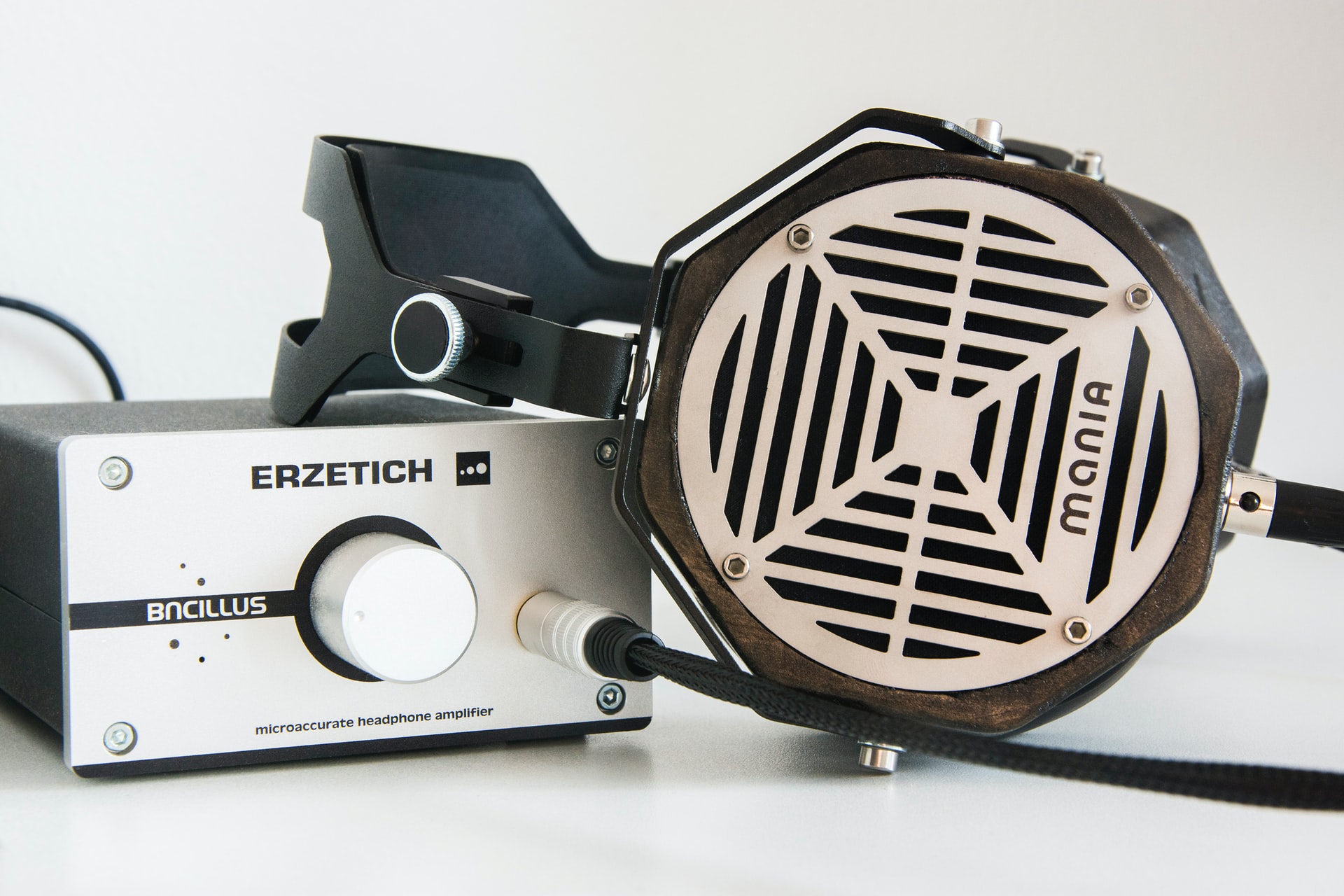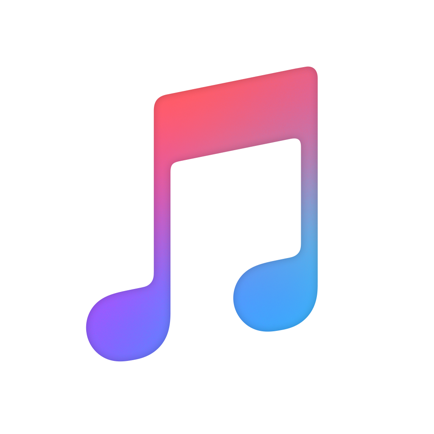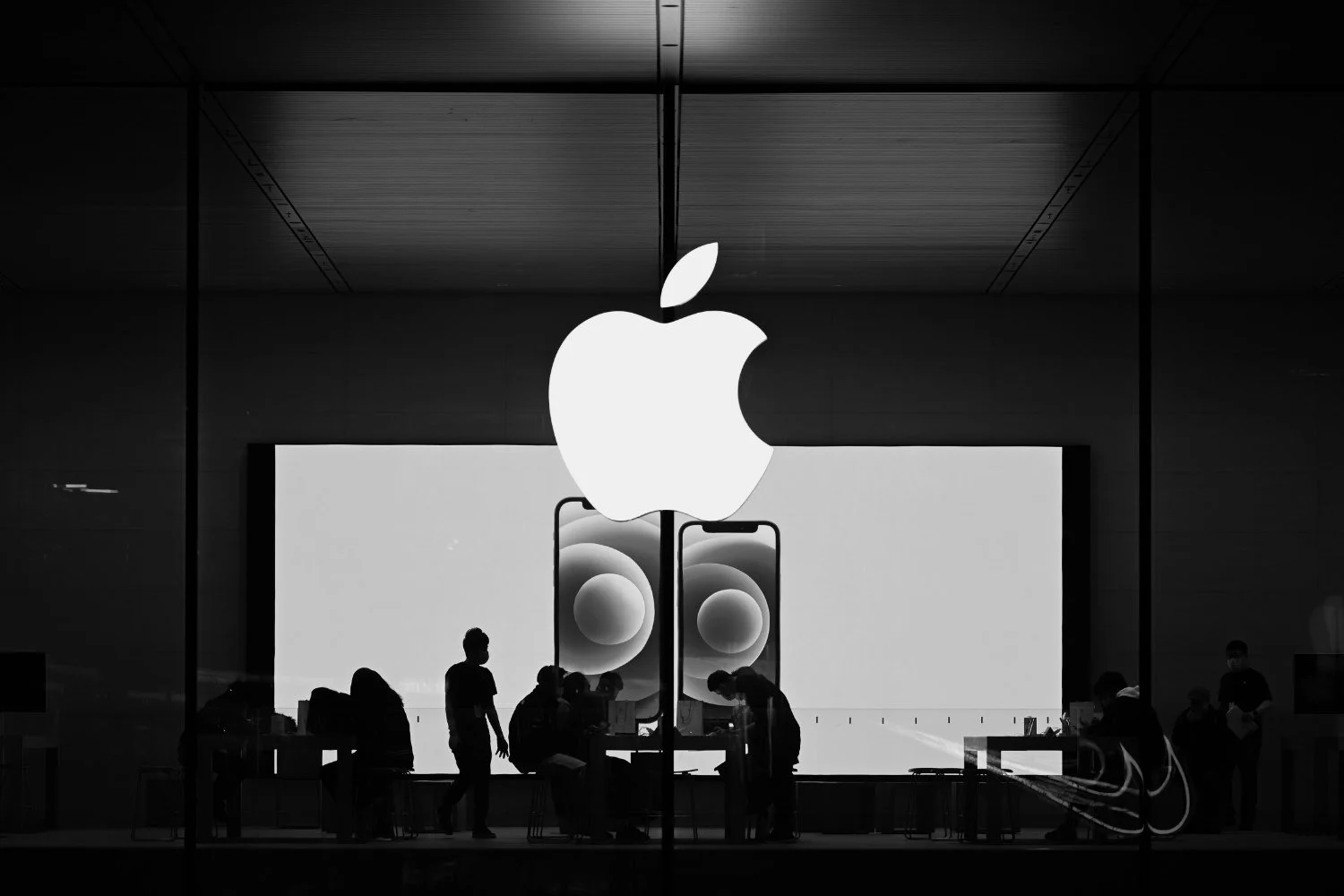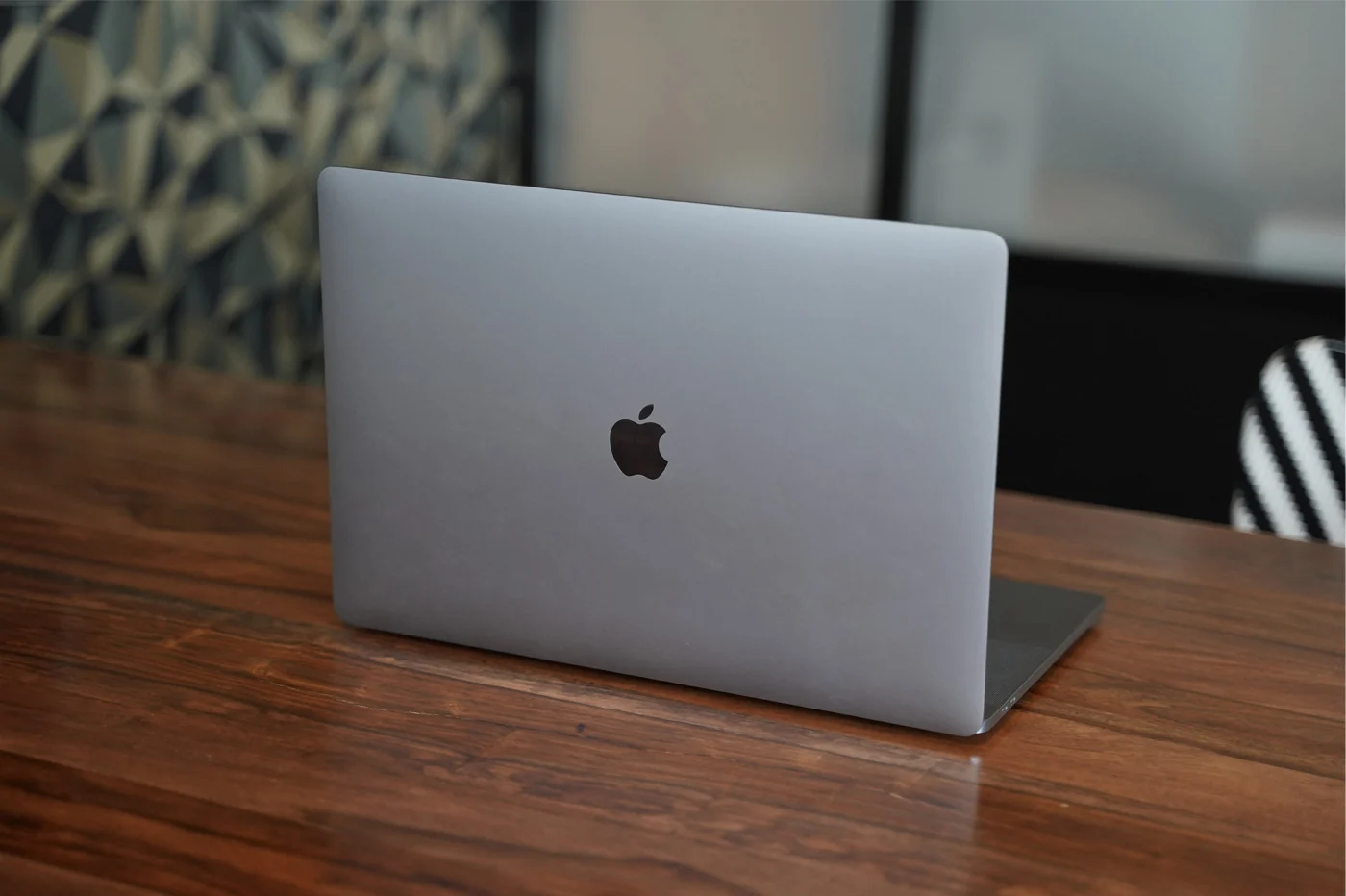Apple, on May 17, 2021, detailed two major new features for its online music streaming service, Apple Music. You can find the official announcementhere on the apple brand's website.
It is therefore a question of the arrival of a modeLossless Audiofor Apple Music and a modeSpatial Audio. The first wants to offer better listening quality. For the second it is rather a question of offering a musical experience different from that to which we are accustomed (monaural or stereophonic listening to music).
But can any Apple Music user take advantage of these new features? Should suitable equipment be used? And what is the additional cost? Let's see all this in detail.
The Californian firm has announced a modeLossless Audio(in French: “lossless audio”) to allow listeners to hear “exactly what the artists created in the studio”. If this is a little oversold, you have to understand that it is about allowing you to benefit, with this lossless mode, from source files of better definition than what is broadcast without lossless mode.
Explanations
Apple Music and other streaming services, in their classic subscription around 10 euros per month, broadcast music in acompressed format, AAC for the case of Apple Music. This compression has a major advantage: it allows you to drastically reduce file size. Therefore, streaming is smooth without the need for high speed internet connection for live playback.
The other side of the coin is that compression operatesdata loss. Indeed, during the audio file compression procedure, certain information (frequency for example) is automatically and intelligently removed, so that the impact is barely perceptible on the listener's side. For example, for so-called adaptive compressions, during moments of silence, the compression is stronger than during full moments, when many instruments play together and at high volume.
Conversely, in most high definition modes offered by Deezer, Tidal, Qobuz and others, the files are called “lossless”, because there is no loss of quality.
If the term “without loss of quality” is not completely accurate, since it depends on the reference with which the comparison is made, it is accepted that a lossless file is comparable to what a CD offers. However, the CD support for music allows a quality defined by a44.1 kHz sampling rate and 16-bit resolution.
Lossless, very often in the world of streaming, is therefore equivalent toCD quality: 16 bits et 44,1 kHz.
But be careful, lossless does not necessarily mean without compression. Precisely, Apple distributes its lossless files in ALAC format, a compression formatwithout loss, comparable to FLAC. The ALAC can go up to32 bitsresolution and384 kHzsampling frequency.
In any case, with a so-called lossless file, compressed or not, you benefit from much better audio quality than with a lossy compressed file.
Lossless subscriptions
Lossless Audio mode for Apple Music therefore offersCD quality at least: 16 bits and 44.1 kHz. This definition can go up to 24 bits and 48 kHz, as the press release states, although the Californian firm has not specified in which cases.
Another lossless mode is also included:Hi-Resolution Lossless. The latter, particularly intended for informed and extremely well-equipped audiophiles, offers music in24 bits and up to 192 kHz. If CD quality cannot be compared to what artists generally hear in the studio, the 24-bit 192 kHz definition already more faithfully represents so-called “Master” quality, i.e. that audible at the end of production of a piece.
20 million titleswill be compatible with Apple Music Lossless at launch next June. The entire catalog, more than 75 million titles, should be available before the end of the year.
Which devices are compatible?
AirPods
Unfortunately, and surprisingly, many Apple listening devices do not support Apple Music Lossless, as ALAC files cannot be transported via Bluetooth as they are too heavy.
There is therefore no Apple Music Lossless Audio for AirPods, AirPods Pro, but alsoAirPods Max. Even wired, with Lightning cable for Apple headphones, the listener cannot take full advantage of lossless,as Apple confirmed to Billboard magazine, due to technical limitations in the headset's Lightning jack. The signal would be close to Lossless or Hi-Res Lossless quality, but Apple cannot guarantee lossless sound, due to the double conversion that must take place between iPhone, for example, and AirPods Max.
HomePod
And if we could think that the HomePod speakers with their AirPlay connection would support lossless and high speed sound, this is not the case. It was confirmed byMacRumorsthan mode without loss of qualityis not compatible with HomePod and HomePod mini… Damage !
Contrary to what was initially announced, HomePod and HomePod mini will be able to benefit from lossless sound. The AirPlay connection is based on Wi-Fi, a connection with a high enough speed for streaming lossless audio files. Apple has indeed announced, in its technical documentation about Lossless Audio, an upcoming update for its two speakers, allowing support for the playback of lossless files.
iPhone, Mac, Apple TV
You can theoretically enjoy Apple Music Lossless on Mac and PC. Even if to reach the maximum definition of 24 bits 192 kHz, you must equip yourself with a compatible DAC converter, connected for example to USB.
On iPhone and iPad, return to wired after abandoning the jack socket: in fact, the Lightning-Jack adapter provided by Apple supports high-resolution music and therefore Apple Music Lossless Audio, up to 24 bits and 48 kHz. To go higher in definition, you need to equip yourself with a more suitable Lightning to Jack or USB-C to Jack (on iPad) DAC, compatible with 24 bits and 96 or 192 kHz.
There remains the question of devices with a jack socket like the old iPhone, iPad and iPod touch. These should in theory be able to enjoy Apple Music Lossless Audio without an additional adapter or third-party DAC. If this is indeed the case, it’s a shame for Apple, which has been focusing on everything wireless for several years…
The Apple TV is limited to 48 kHz for its audio output. Lossless streaming is therefore possible from the Apple TV box, but not Hi-Res Lossless.
What OS?
On iPhone and iPad, to benefit from Lossless mode, you must have the version14.6of the system to a minimum. For Mac, it ismacOS 11.4 minimum.
Finally for Apple TV, it istvOS 11.4which is necessary, or more recent version of the system.
How to activate Lossless mode?
You have to go toSettings > Musicto find the option to adjust the audio quality of Apple Music. Different possibilities are offered to configure the streaming quality depending on the type of cellular or Wi-Fi connection and the quality of the downloaded files, in Lossless, Hi-Resolution Lossless or without Lossless.

© Unsplash / Daniel Cannibano
Spatial Audio
What is it for?
The modeSpatial Audioallows you to enjoy enveloping sound, called 3D, with headphones for example. This 3D broadcast is particularly useful for films and video games, since it places the viewer or player at the center of the action, with sounds coming from the front as well as the sides or even from above , from below or behind.
For music, 3D broadcasting is rather criticized for many reasons, including the fact that it has the effect of distorting the perception of the music scene. Without wanting to debate the subject and criticize the technology, we must simply understand that Apple has chosen to make part of its Apple Music catalog compatible with Spatial Audio. The files concerned must have been mixed specifically for 3D broadcasting, aiming for the Dolby Atmos standard, which also underlies Spatial Audio.

© Apple
If many Apple Music files will be Lossless compatible, for Dolby Atmos, the compatible catalog should be more limited given the additional mixing work required and therefore the significant additional production costs necessary.
Which devices are Spatial Audio compatible?
Spatial Audio is therefore compatible with all Dolby Atmos certified Apple Music source files and with the following streaming devices:
- AirPods and Beats headphones and earphones with H1 or W1 chip
- iPhone, iPad speakers (iPhone 7 and newer, iPad Pro, iPad Air 3 and newer, iPad 6 and newer, and iPad mini 5 and newer)
- Mac speakers
- HomePod et HomePod mini
At what price?
Unlike the competition, like Deezer or Tidal, these Lossless Audio and Spatial Audio modes for Apple Musicwill not cost morethan the classic subscription, i.e. €9.99 per month.
When?
Lossless Audio and Spatial Audio modeswill be available on Apple Music next June, as announced by Apple in mid-May. Several analysts believe that the arrival of these new features would occur at the same time as the release of the final version of iOS 14.6, in the beta testing phase at the time of publication of this article.
What do you think of these Lossless Audio and Spatial Audio modes? Are you excited to try?







